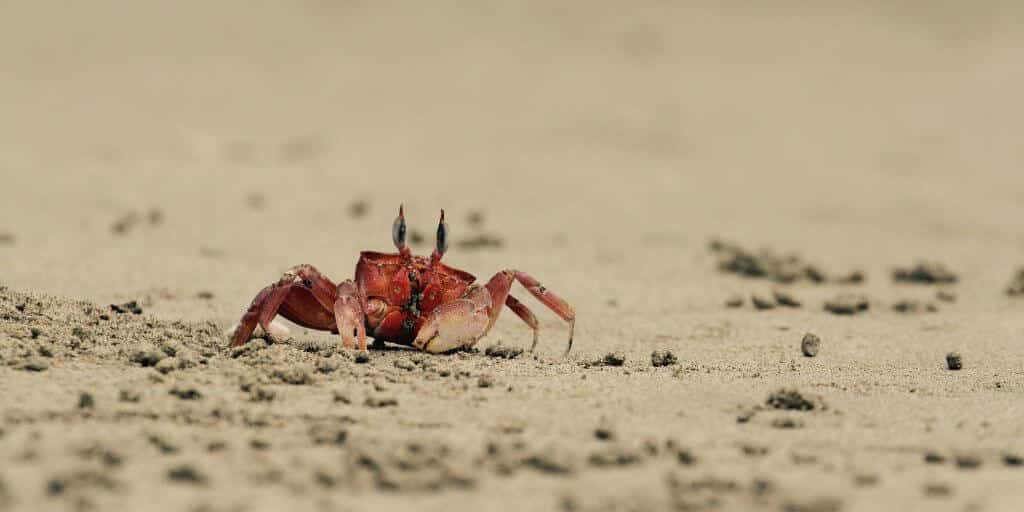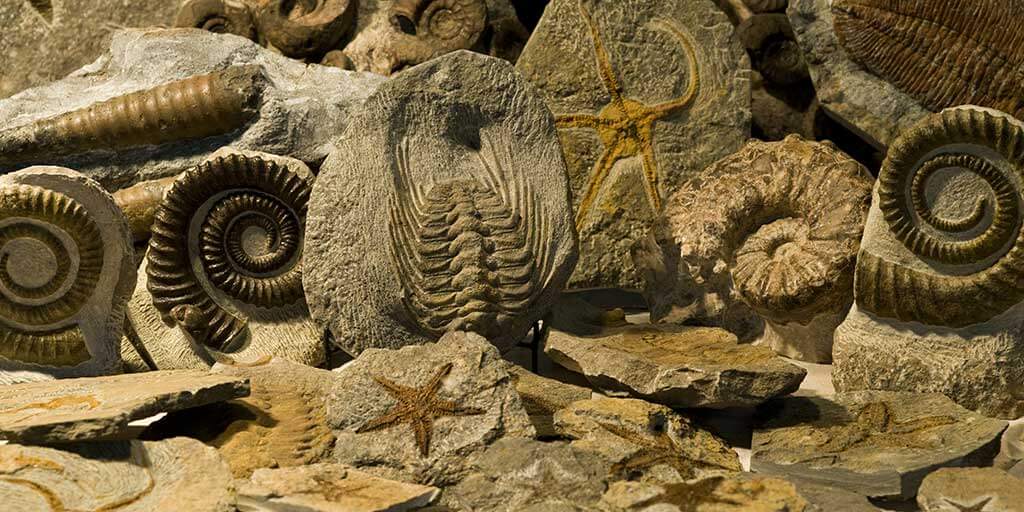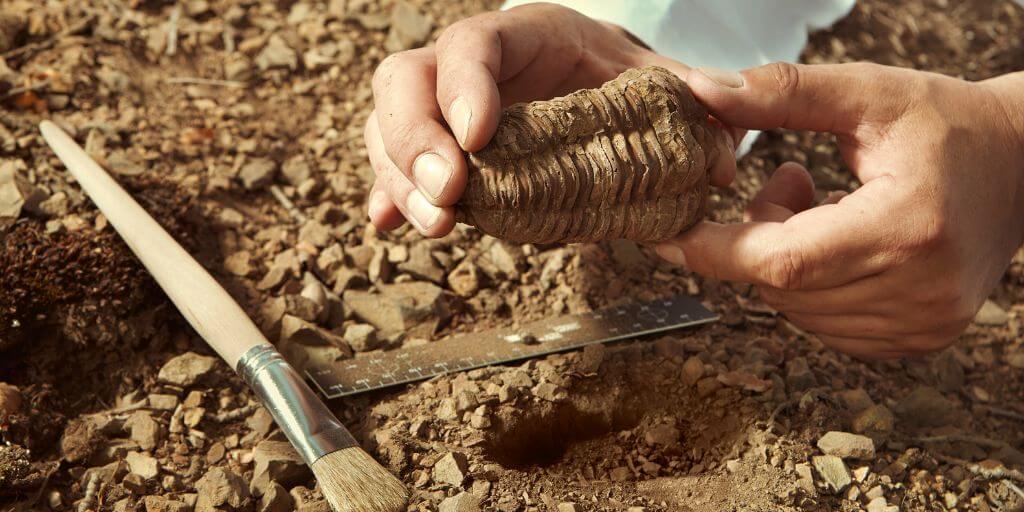Where Did the Distinct Body Plans in Animals Originate?

Dr. John Ankerberg: We are going to show you a clip that talks about the origin of body plans. This is fascinating. Watch this.
Narrator: In 1831, three months after his first exposure to Cambrian geology, young Charles Darwin embarked on an expedition that would influence the development of his theory of evolution. As naturalist aboard the HMS Beagle, Darwin sailed to the Galapagos Islands, 600 miles off the coast of Ecuador. For five weeks Darwin explored this remote island chain, home to an extraordinary assembly of animals. Here the idea for his tree of life was planted.
According to Darwin, as one form of life morphed into another, new species arose. And as they gradually branched apart, larger differences in form emerged. Eventually, evolution produced an even greater level of disparity, the distinct body plans of new phyla.
Paul Nelson: Phyla are abstract categories that bring together basic features that unite large groups of animals. So you can think about a phylum as a group of organisms that all share a basic architecture.
Jonathan Wells: Based on the body plan of the animal, we divide animals into these major groups: There’s vertebrates, the backbone and soft bodies outside the bone structure; there’s arthropods, which have a hard skeleton on the outside and a soft body on the inside, these are the insects and the crabs; there’s the echinoderms, which are the sea urchins and star fish.
Paul Chien: Sea stars are different from jellyfish, different from worms, and different from crabs and lobsters. So each group has their unique features to make them very different from the next group.
Narrator: The stability of these forms and the animals that exemplify the distinct phyla contradict Darwin’s vision of an interconnected tree of life.
Paul Nelson: The phyla don’t blend imperceptibly one into another. Arthropods, for example, didn’t evolve from chordates. Mollusks aren’t the offspring of sponges. Instead, a phylum is in effect as different as it can be from another phylum. So how did these differences arise? If one reads The Origin of Species, it’s clear that Darwin is caught in a bind.
Dr. John Ankerberg: Stephen, you know, when you look at the world, there’s a difference between a giraffe, an elephant, and a cockroach, okay. And what you’re saying is, it took information to make those differences, a lot of different information. When you go back to the pattern of appearance of animal body plans, even in the Cambrian fossils, they challenge the Darwinian picture of the history of life. Explain a little bit more.
Dr. Stephen Meyer: Well, there’s really two issues. There’s, what is the mechanism or cause by which these complex differences in anatomy and body plan organization would have arisen? Can natural selection and random mutations generate the different kinds of information necessary to build those animals? And then, secondly, does the pattern of appearance of these differences in the fossil record match what Charles Darwin expected?
On a Darwinian view of things you would expect the large differences in form, the differences that we would use to distinguish one body plan from another, or one phylum from another, we would expect those large differences in form to accumulate as the result of a series of smaller incremental variations over time. And so, what you expect to see would be what’s called a bottom-up pattern, which is expressed in the tree of life idea, that little tiny differences and variations as one form morphs into a slightly different form, would accumulate. And then eventually you would have the kind of large-scale differences we see today that define, for example, the difference between an arthropod with a hard exoskeleton and soft body parts on the inside, and a chordate which has the opposite organization and body logic, which is, it has soft parts on the outside and the hard notochord or vertebrate on the inside. Those are big differences. But the idea is that they would, those differences would have emerged through a series of small steps. And what we see in the fossil record instead is that tree of life in effect turned upside down.
We have the big differences in form emerging right from the beginning, with no evidence of small incremental gradual change over time in which the large differences are built up gradually.
So instead of a bottom-up pattern, we have what the paleontologists are calling a top-down pattern, where you have major differences emerging right from the beginning and then small scale variation occurring within some kind of limits of kind of variations on those original themes or those original body plan designs. So it’s a very striking contrast again between Darwinian theory and what we actually see in the fossil record.
Dr. John Ankerberg: How many of the phyla, the big ones, just appear in the Cambrian explosion?
Dr. Stephen Meyer: Well, there are, depending on whom you ask, there are about 36 phyla, is a pretty good estimate of the total number of distinct body plans in the animal kingdom. And about 27 of those have been fossilized. And of the 27 fossilized forms, 20 first appear in the Cambrian. There are three, roughly three, that occur a little bit earlier in the late pre-Cambrian, but they also appear very abruptly. So you have a really striking pattern of discontinuity and abrupt appearance, which is, again, quite contrary to what you would expect on a Darwinian picture of the history of life.
Extracted from our series The Case for Intelligent Design, available through our website: https://jashow.org/resources/the-case-for-intelligent-design/








